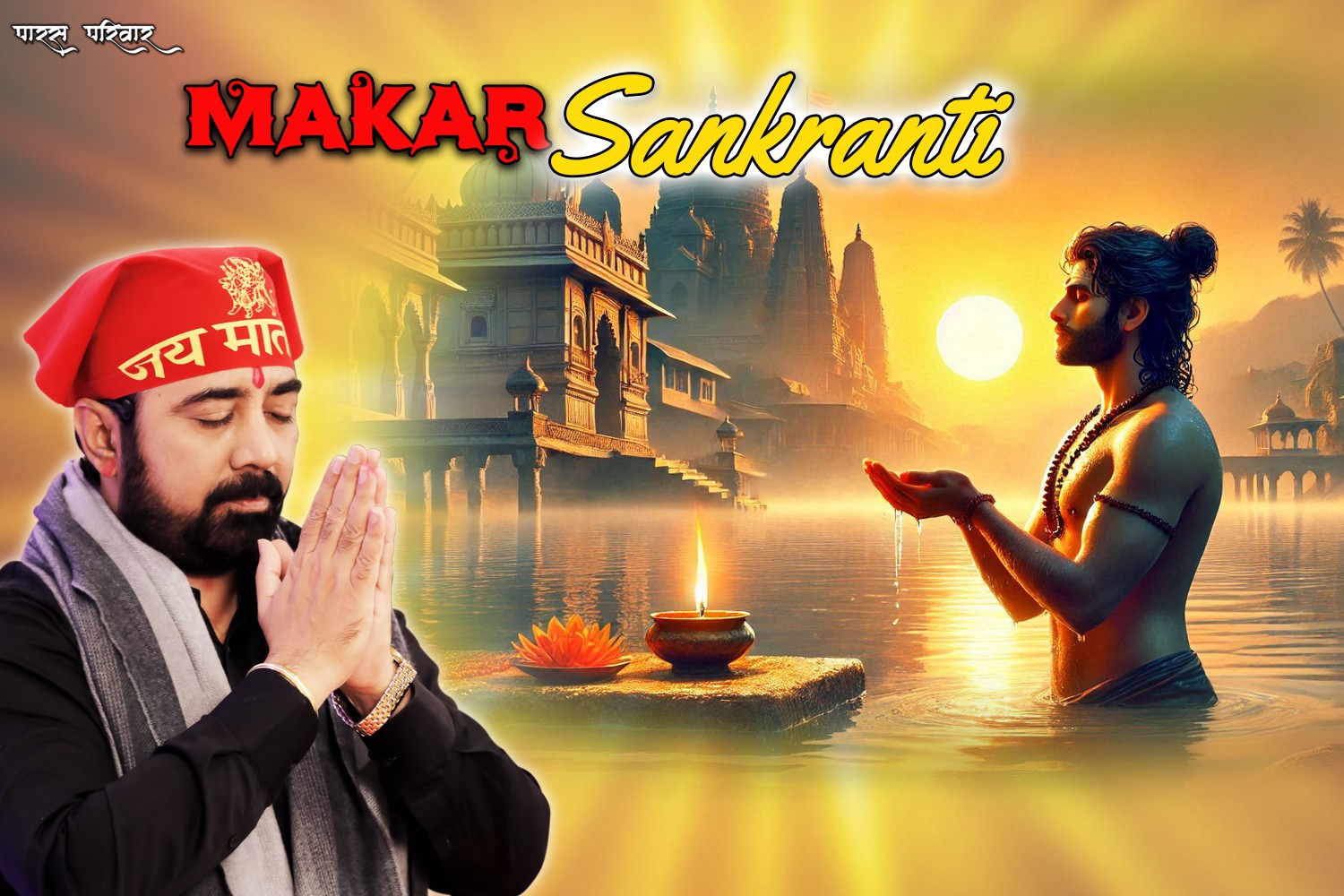Paras Parivaar Celebrates Makar Sankranti with Spirit of Tradition

Makar Sankranti is a festival that is loved a lot in India, and it marks the end of winter. This festival is celebrated on the 14th of January, and the rest of the 15th of January depending on the Sun Movement, this festival holds cultural, religious, and agricultural significance across the country. It symbolizes a time of new beginnings, gratitude, and community togetherness.
Regional Celebrations
North India:- Makar Sankranti was celebrated as Lohri in Haryana and Punjab. In this people light a huge bonfire to celebrate, beautiful songs are sung and they also dance while moving around the bonfire and this is a symbol of their sugarcane and other good crops. In Bihar and Uttar Pradesh, people take a dip in water and thank and pray to God for their prosperity and health. Organizations like Paras Parivaar often use this time to spread the teachings of Sanatan Dharam, promoting the values of sharing and gratitude.
West India:- The tradition of kite flying is famous in this festival, especially in Rajasthan and Gujarat. The purpose of flying these colorful kites is to show our happiness and freedom. This is the time when we share sweets with each other which are made of sesame and jaggery. Groups like Dera Naseeb Da encourage celebrating with simplicity and kindness, emphasizing values like unity and equality.
South India:- This festival is celebrated in Tamil Nadu whose name is Pongal and this celebration lasts for 4 days in which we thank our agriculture and the sun god. Special dishes like Sakkarai Pongal (sweet rice pudding) are prepared and offered as a token of gratitude. In Karnataka and Andhra Pradesh, families exchange gifts and prepare traditional sweets like Ellu-Bella.
East India:- Makar Sankranti is celebrated as Paush Sankranti in West Bengal. We take a long dip in the Ganges and pray, which is also called Ganga Sagar Mela. On this day we make some famous sweets like Payesh and Petha which are very fresh. Organizations inspired by the teachings of Guru Ghasidas Ji, like Paras Parivaar often use this occasion to promote social harmony.
Rituals and Customs
Makar Sankranti is full of traditional moments that connect everyone together. One of the most significant customs is taking a dip in holy rivers like the Ganga, Yamuna, or Godavari. This is believed to cleanse one of the sins and bring spiritual merit.
Charity and sharing are central to the festival. On this day people donate clothes, food, and money to the needy. In this cold weather, we share sweets with each other to spread happiness to everyone. Organizations such as Paras Parivaar and spiritual centers like Dera Naseeb Da actively engaged in charitable activities during this time, following the principles of Sanatan Dharam.
Kites are flown on Republic Day to celebrate it, which is a very popular traditional practice, especially in Rajasthan and Gujarat. The meaning of these colorful kites is that they represent freedom and new possibilities for us. This is a very fun activity that we all do together as a family and there is a lot of happiness everywhere.
Spiritual and Agricultural Importance
From a spiritual perspective, Makar Sankranti is considered a favorable time for religious activities. It marks the beginning of Uttarayan, the sun's northward journey, which is regarded as a period of positivity and enlightenment. According to Hindu mythology, this day holds significance in the epic Mahabharata, as it is the day Bhishma Pitamah chose to leave his mortal body.
Agriculturally, Makar Sankranti is a festival of gratitude. It celebrates the end of the harvest season and expresses thanks to nature, the sun, and animals like cows and bulls, which play a vital role in farming. Spiritual groups such as Paras Parivaar and Dera Naseeb Da emphasize gratitude towards nature and unity among people during this festival.
Modern-Day Celebrations
While traditional practices remain integral, modern-day celebrations have also taken on new forms. Families use the occasion for reunions and feasts. Social media has brought a digital dimension to the festival, with people sharing wishes and greetings online. There are organizations like Paras Parivaar that teach about Sanatan Dharam, and how we should promote our communism in these times